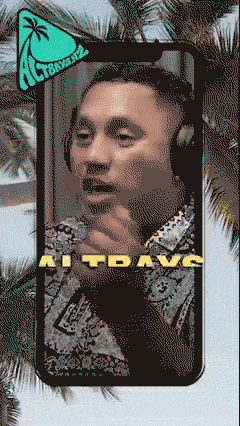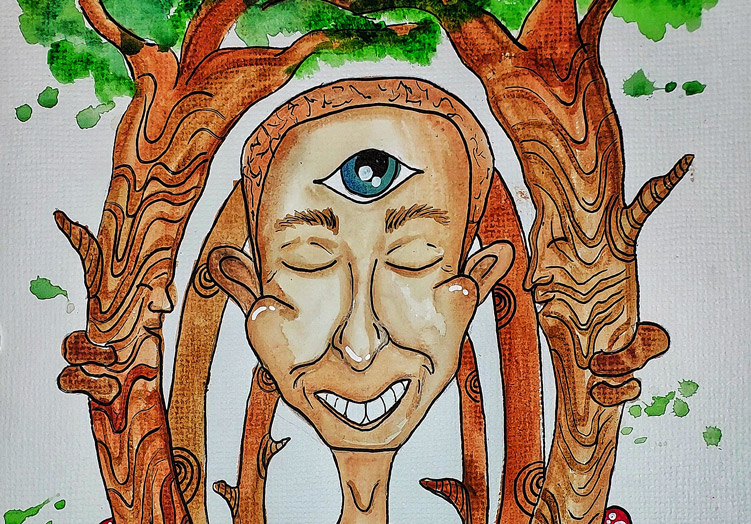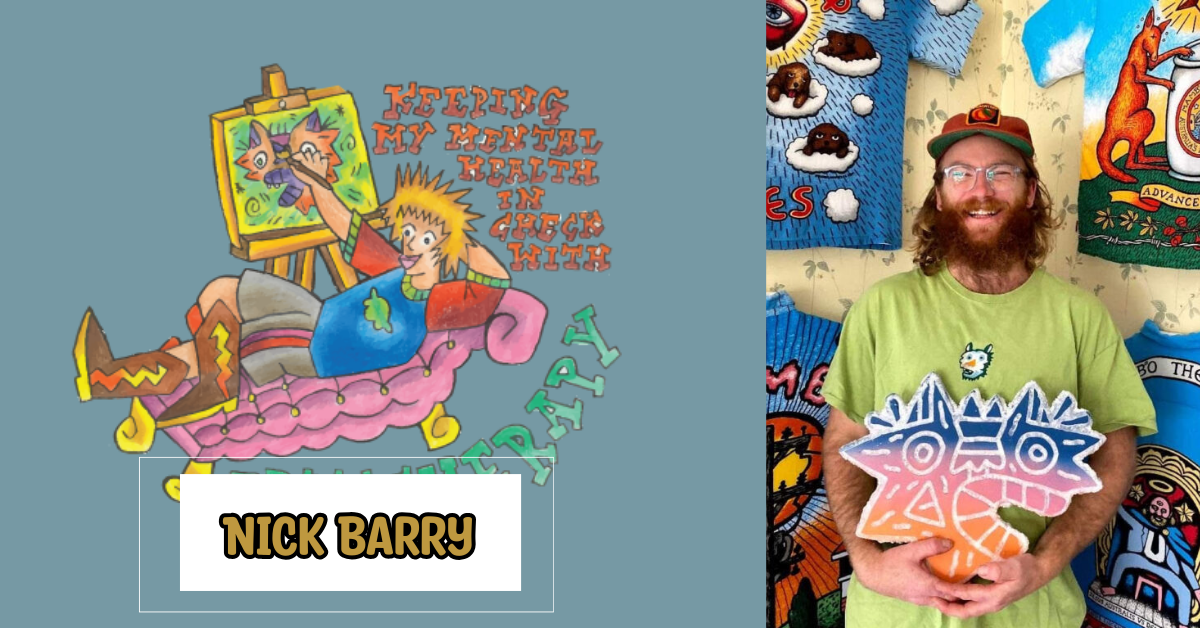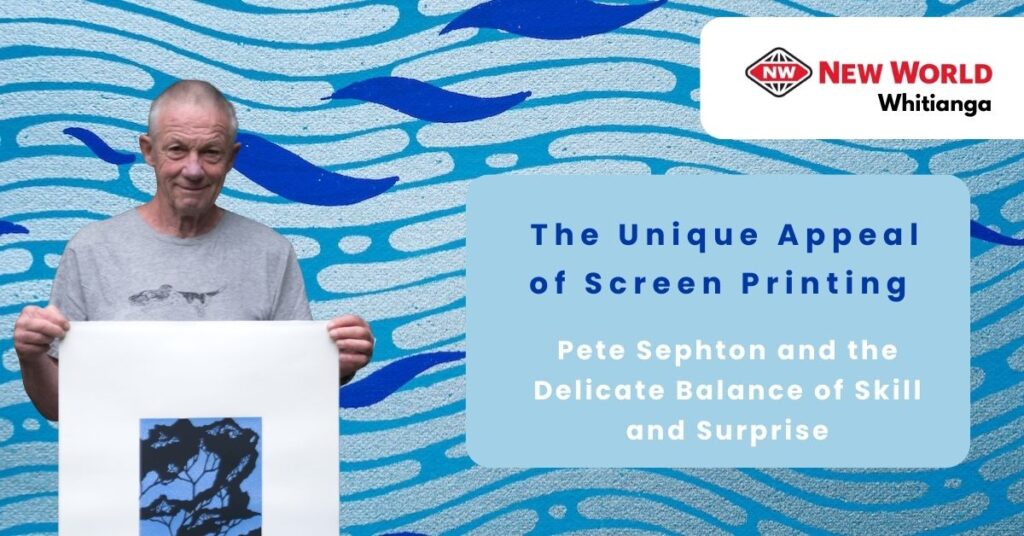
Pete Sephton and the Delicate Balance of Skill and Surprise
I remember a friend giving me good advice once: “You don’t have to share everything you do with someone you just met. It’s nice when you find out more about people as time goes by.” Wise words.
A couple of years ago, while dropping off copies of Coromind magazine at the Thames Art Gallery, I was greeted by a kind gentleman behind the desk with a friendly smile.
“Hi, I’m Leo. Can I leave some mags here for you?”
“I know who you are. I’m Pete – Matt Sephton’s father.”
I have massive respect for Matt, so meeting his father was an honour. We had a great chat and quickly connected. Since that day, I’ve seen Pete actively supporting local artists through different platforms. One iconic moment was at Coro Summer Fest, an event organised by Matt, Caitlin Moloney, and their crew on Pete’s property – he was loving it. I’m pretty sure he even helped the Coromind team with a hammer and some bamboo.
I knew Pete was an artist, but it wasn’t until I finally came across his screen-printing work that I realised just how onto it he is!
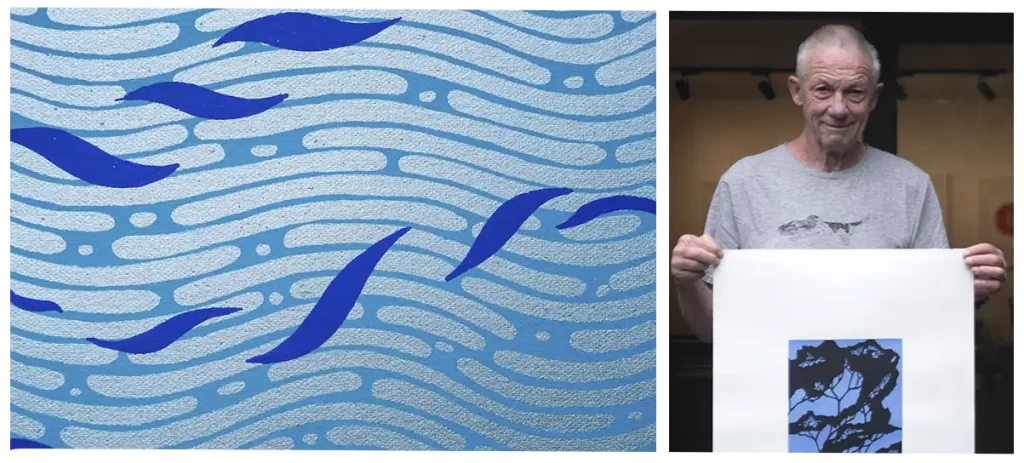
A journey into screen printing
Pete was raised in Thames but left at 18, first to attend university and then to travel across Australia and South-east Asia. In 1972, he returned to university to qualify as a teacher, and by 1977, he was teaching art in Kawerau. It was here that he first encountered screen printing, initially through a project printing T-shirts with students. This soon turned into a side job, producing shirts for a local school. By the time he moved to Coromandel in 1981, he had transitioned from teaching to running a small business, printing T-shirts full-time. After two decades, he sold the business and took up a role as a train driver at Driving Creek Railway while also setting up a small studio to pursue his real passion – screen printing on paper as an art form.
The art and craft of screen printing
Screen printing is an intricate process, involving both artistic creativity and technical precision. For Pete, the appeal lies in the hands-on nature of the work. From stretching fine mesh over wooden frames to meticulously hand-tracing colour separations, everything is done manually. The final stage – printing – happens quickly, but it’s the most rewarding part. Until the final colours are layered, the outcome remains a mystery. “I get a lot of pleasure making complicated work look simple,” Pete says.
One of his most memorable pieces, The Memory of Persistence, took 48 years to come to life. The print originated from a small, intricate ink drawing he created in his late teens. Rediscovering it decades later, he reflected on how the work had taken on new meaning. “At the time I drew it, I was going through a difficult period in my young life. I realised it really had become a piece about memory and the puzzles that memories present us with.” Enlarged and enriched with additional colours, the print became a meditation on how memories persist even as time changes everything else.
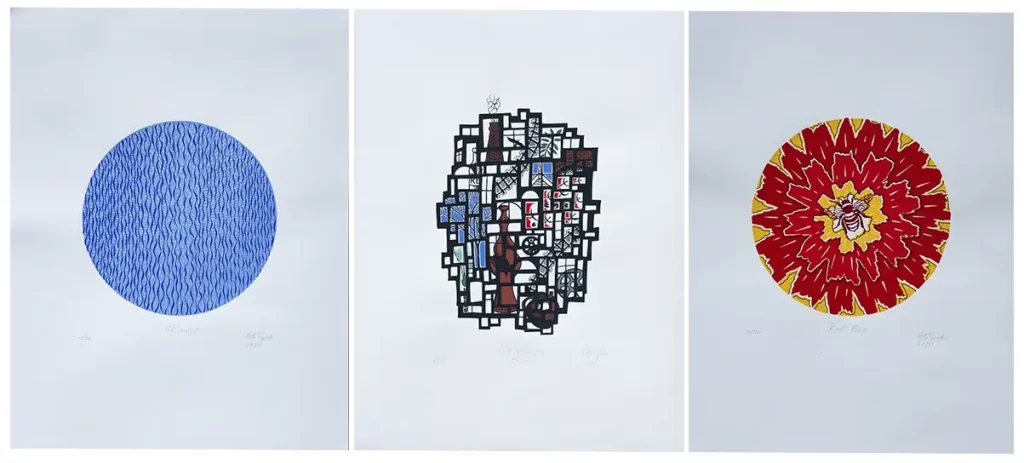
From fabric to paper
Pete originally printed on fabric but later transitioned to paper, a shift that brought both challenges and rewards. While the basic printing techniques remain the same, working on paper requires high-quality archival inks, which he sources from the US. He also prints on exquisite handmade Italian and French papers, some costing up to $24 a sheet. These materials elevate his work but also demand precision – changing atmospheric conditions can cause the paper to expand or contract, making alignment between colours a challenge.
Recently, Pete has begun experimenting with high-quality tapa cloth. “Tapa is lovely to print on, but because of its uneven texture, it lends itself to just a single colour or two at a pinch,” he explains. Having previously printed on Savai‘i tapa, he’s keen to explore this medium further, perhaps even making a trip back to Samoa for more.
The unique appeal of screen printing
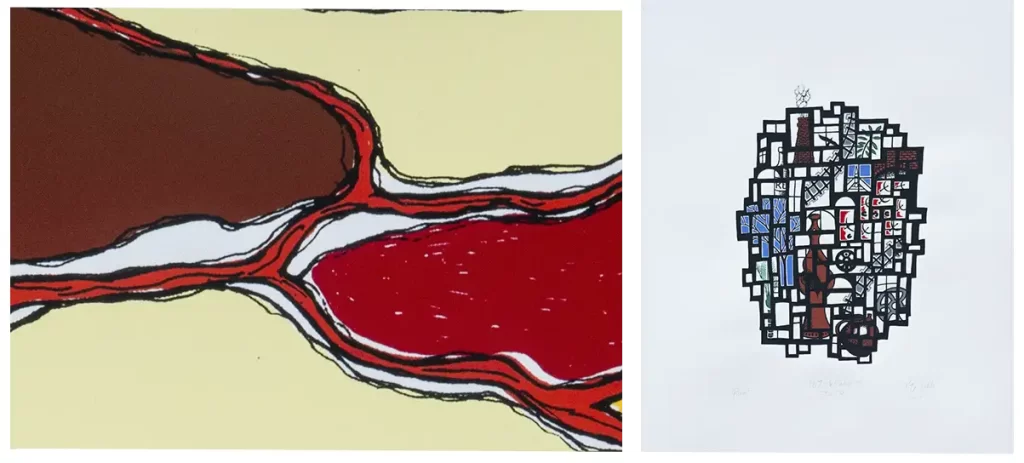
Unlike other printmaking techniques, screen printing requires careful planning – every step must be executed with precision, as even a small mistake early on can be glaringly obvious in the final print. But it’s this element of uncertainty that makes it exciting. “The first print in a series is always thrilling to see,” Pete says.
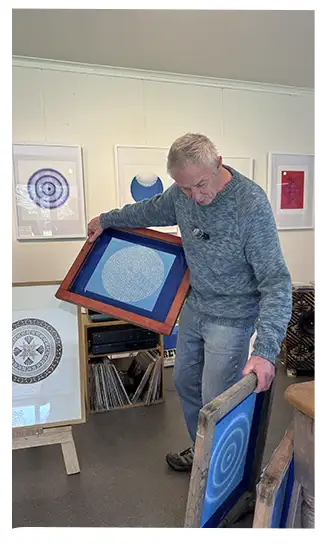
Beyond creating his own work, Pete enjoys sharing his knowledge with others.
His workshops, limited to just three students at a time, allow for hands-on learning, good conversation and plenty of laughs. “Over a weekend, they start with an idea and end up with a series of multi-coloured prints after a lot of hard work and fun.”
Teaching also reminds him how much he’s learned over 40 years – and that there are always new things to discover. “Old dogs can learn new tricks!”
Pete’s passion for screen printing, dedication to craftsmanship, and generosity in sharing his knowledge make him a valued figure in Coromandel’s art scene. To book a visit to his Blind Creek Studio in Coromandel Town, get in touch with him at sephtonpete@gmail.com or visit his website for more information: www.blindcreekstudio.co.nz
*Images by Matt Sephton and Leo Magri
Words by by Leo Magri
Brought to you by New World Whitianga


